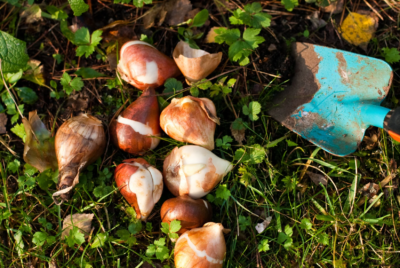RESEARCH
Design Considerations for the Development of Therapeutic Gardens
Summary
This article examines key design principles for therapeutic gardens, emphasizing their role in promoting health and well-being. David Kamp outlines methods for creating effective healing environments by integrating natural elements tailored to users’ physical, emotional, and psychological needs. The article draws on historical precedents, clinical studies, and designer experiences to establish guidelines for therapeutic garden design. These include considerations such as accessibility, sensory stimulation (through light, sound, and texture), and safety features to ensure inclusivity for diverse populations, including individuals with disabilities or chronic illnesses. Kamp emphasizes that therapeutic gardens should foster emotional restoration, reduce stress, and encourage active engagement with nature. The results highlight the importance of designing spaces that are not only aesthetically pleasing but also functional in addressing specific therapeutic goals.







